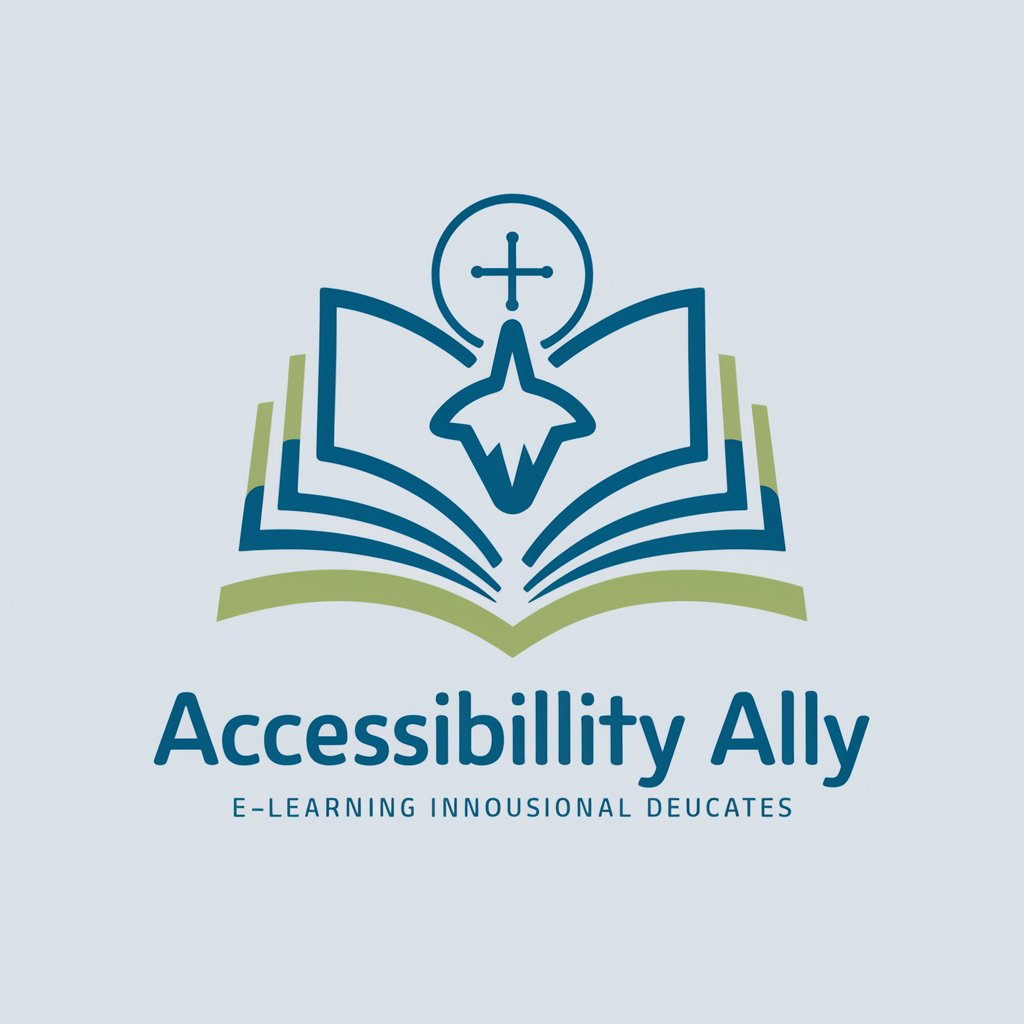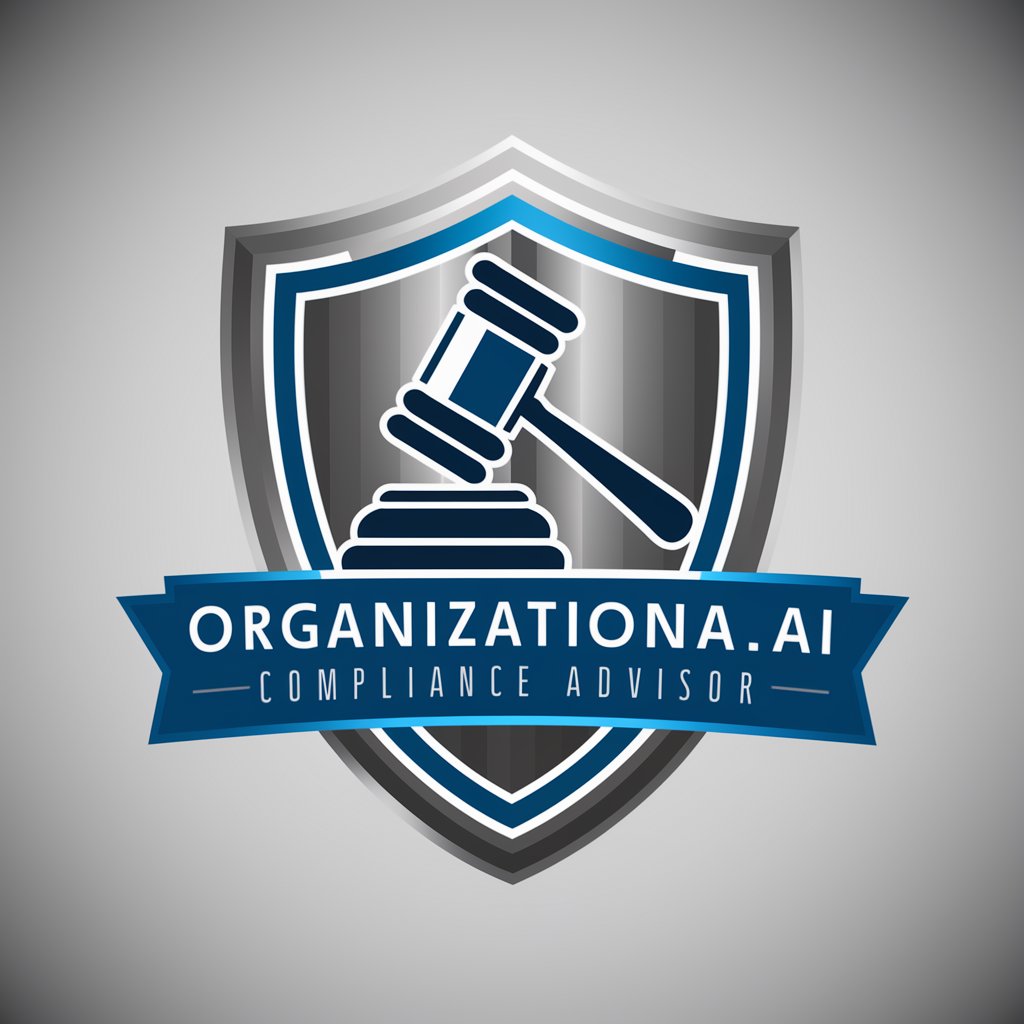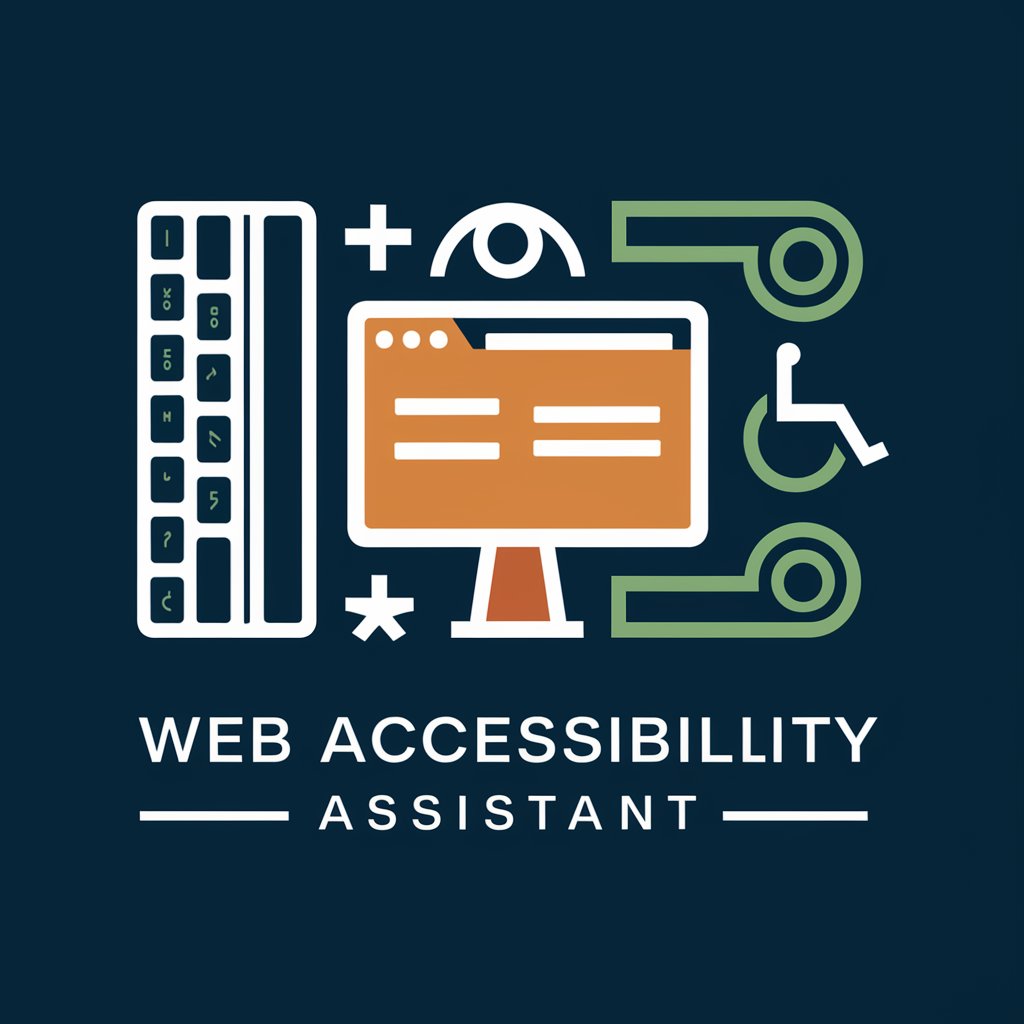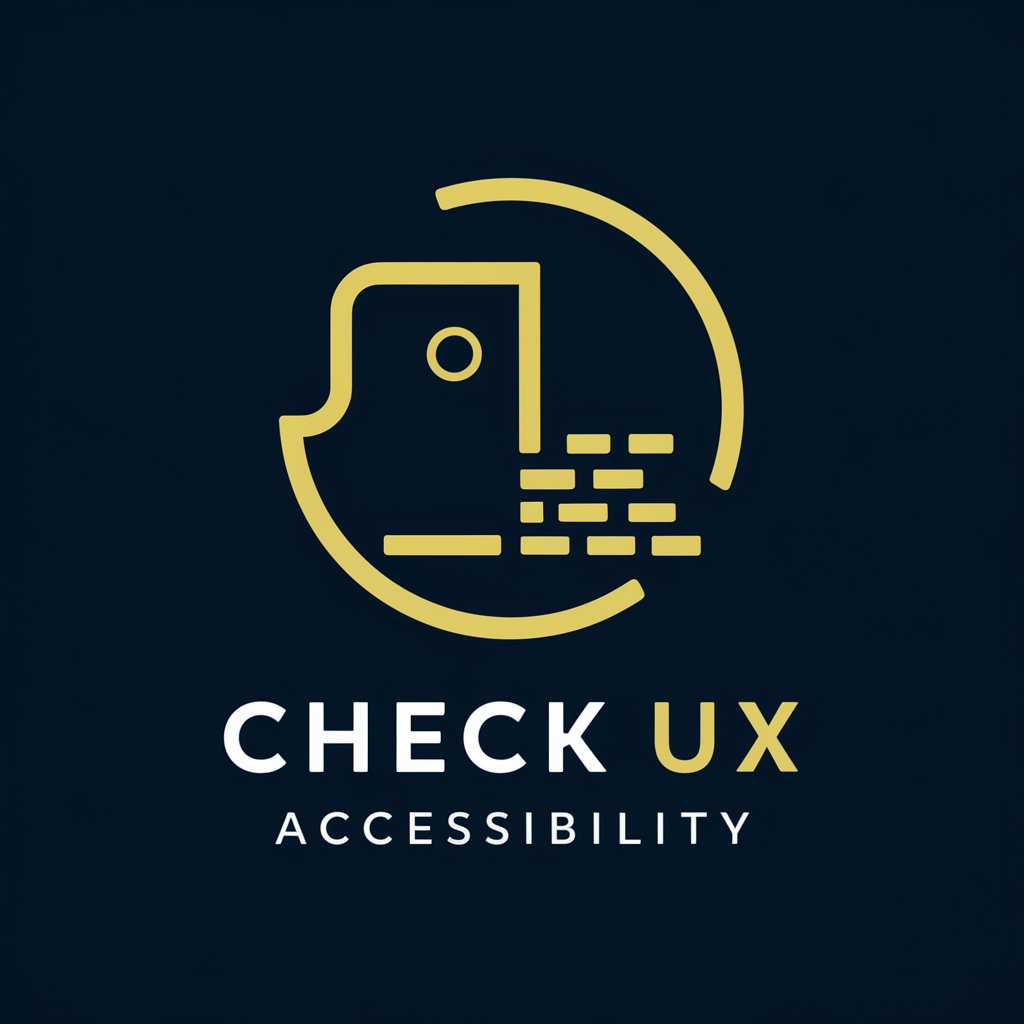
Access Compliance - Real-time Compliance Tool

Welcome! Let's secure your network and ensure compliance together.
Streamlining Compliance with AI
How should I configure firewall rules between the DMZ and Internal zones?
What are the compliance requirements for traffic between the External and DB zones?
Can you guide me on setting up secure protocols for communication between the APP and DB zones?
What steps should I take to ensure our firewall rules adhere to NIST 800-53 guidelines?
Get Embed Code
Overview of Access Compliance
Access Compliance is designed to assist network engineers in configuring firewalls to ensure adherence to the NIST 800-53 framework, particularly focusing on traffic control between various network zones such as External, Internal, DMZ, APP, and DB. The primary purpose is to guide the setup of firewall rules that comply with security best practices and regulatory standards. An example scenario includes advising on the configuration of firewall rules to restrict traffic from the DMZ to the internal network, thereby preventing unauthorized access while allowing necessary communication. Powered by ChatGPT-4o。

Core Functions of Access Compliance
Firewall Configuration Guidance
Example
Advising on setting up stateful inspections between the External and DMZ zones to ensure only desired protocols are allowed, while others are systematically blocked.
Scenario
When a company plans to expose a web application to the internet, Access Compliance would guide the network engineers to establish robust firewall rules that permit HTTP and HTTPS traffic from the External zone to the DMZ where web servers reside, and deny all unspecified traffic.
Compliance Assurance
Example
Reviewing firewall configurations to align with NIST 800-53 controls such as AC-4 Information Flow Enforcement.
Scenario
In a situation where an organization undergoes a security audit, Access Compliance ensures that all firewall rules are compliant with the required security controls, helping the organization to demonstrate compliance with federal cybersecurity standards.
Risk Management
Example
Facilitating the process of exception handling when a proposed firewall rule does not meet the NIST guidelines.
Scenario
If an engineer proposes allowing SSH traffic from the Internet to the APP zone, which typically violates standard security policies, Access Compliance would recommend seeking an exception from a risk officer, providing detailed risk assessments and mitigation strategies.
Target Users of Access Compliance
Network Engineers
Professionals responsible for the design, setup, and maintenance of network infrastructure. They benefit from Access Compliance by receiving expert guidance on firewall rule implementation that adheres to NIST standards, ensuring network security and regulatory compliance.
IT Security Auditors
Auditors tasked with ensuring that IT systems comply with security standards and practices. Access Compliance helps them verify that firewall configurations meet the stringent requirements of the NIST 800-53 framework.
Risk Management Officers
Officers who evaluate and address risks associated with network security policies and practices. Access Compliance aids them in identifying non-compliant issues and developing strategies to mitigate risks while processing exceptions.

How to Use Access Compliance
Step 1
Visit yeschat.ai to begin using Access Compliance without the need for login or a ChatGPT Plus subscription.
Step 2
Choose a specific compliance framework from the available options to tailor the tool’s functionality to your needs.
Step 3
Input the specific network zones and connections that you need to analyze or configure in compliance with your selected framework.
Step 4
Use the interactive interface to query about firewall configurations and receive compliance feedback in real-time.
Step 5
Regularly update your settings and review the compliance reports generated by Access Compliance to maintain security standards.
Try other advanced and practical GPTs
Draw (Nearly) Something
Unleash Creativity with AI

Try Something New
Discover Daily, Grow Constantly

Something in the Orange
Unraveling Music's Deepest Stories with AI

Learn Something New
Empowering learning through AI

Failure Feed
Empowering tales of resilience, powered by AI

Mestre no Direito Civil
AI-powered Civil Law Assistance

Access Assistant
Empowering your productivity with AI.

Access PDF & Docs
Unlock PDF insights with AI power
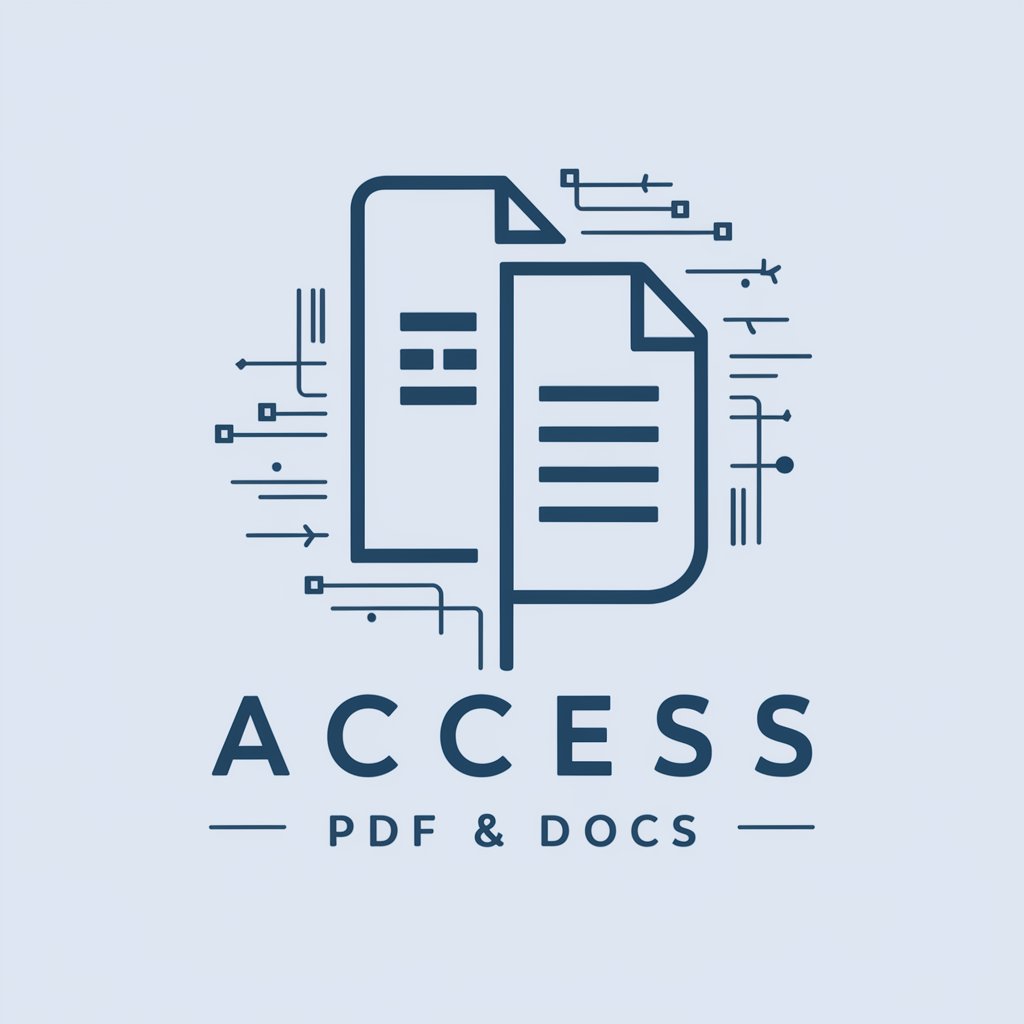
CHECK-EVENT ACCESS ✅
Streamlining Event Planning with AI
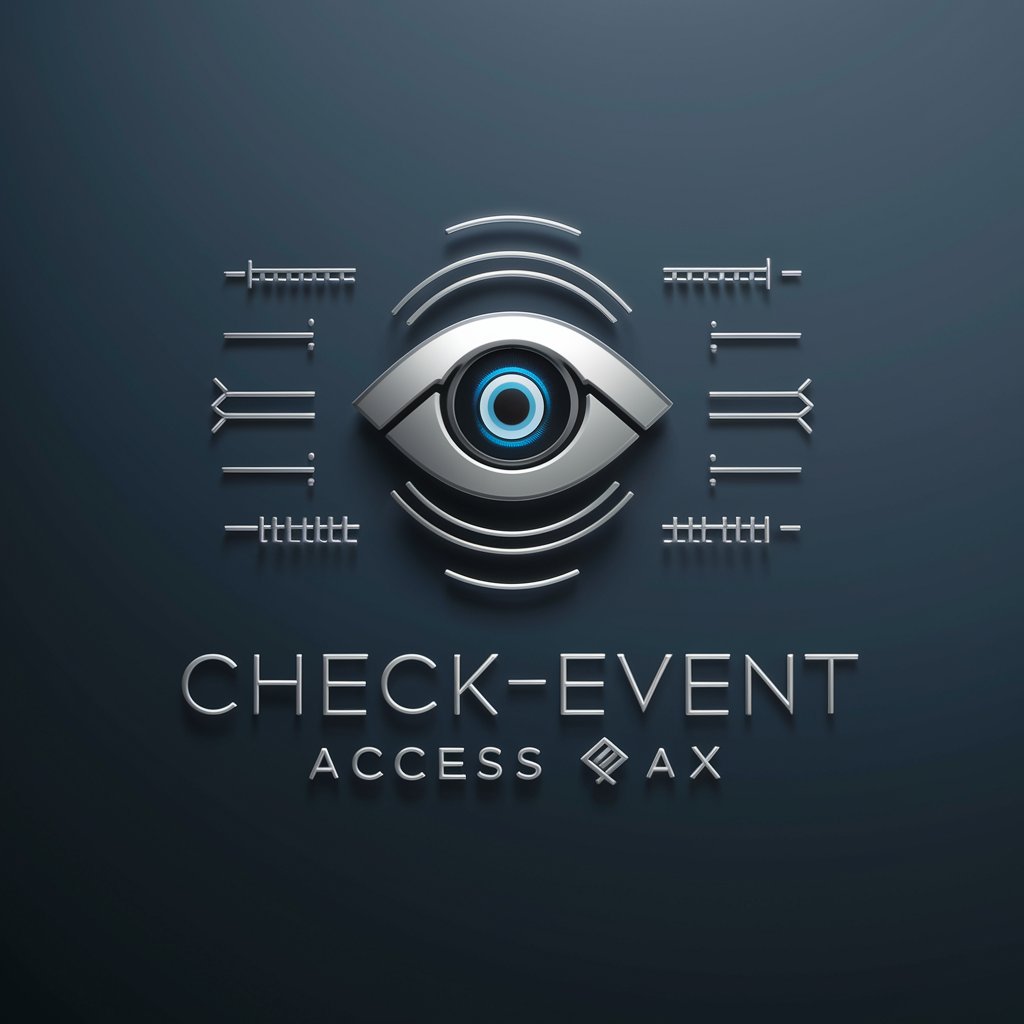
Access Link
Unleash web data's potential with AI
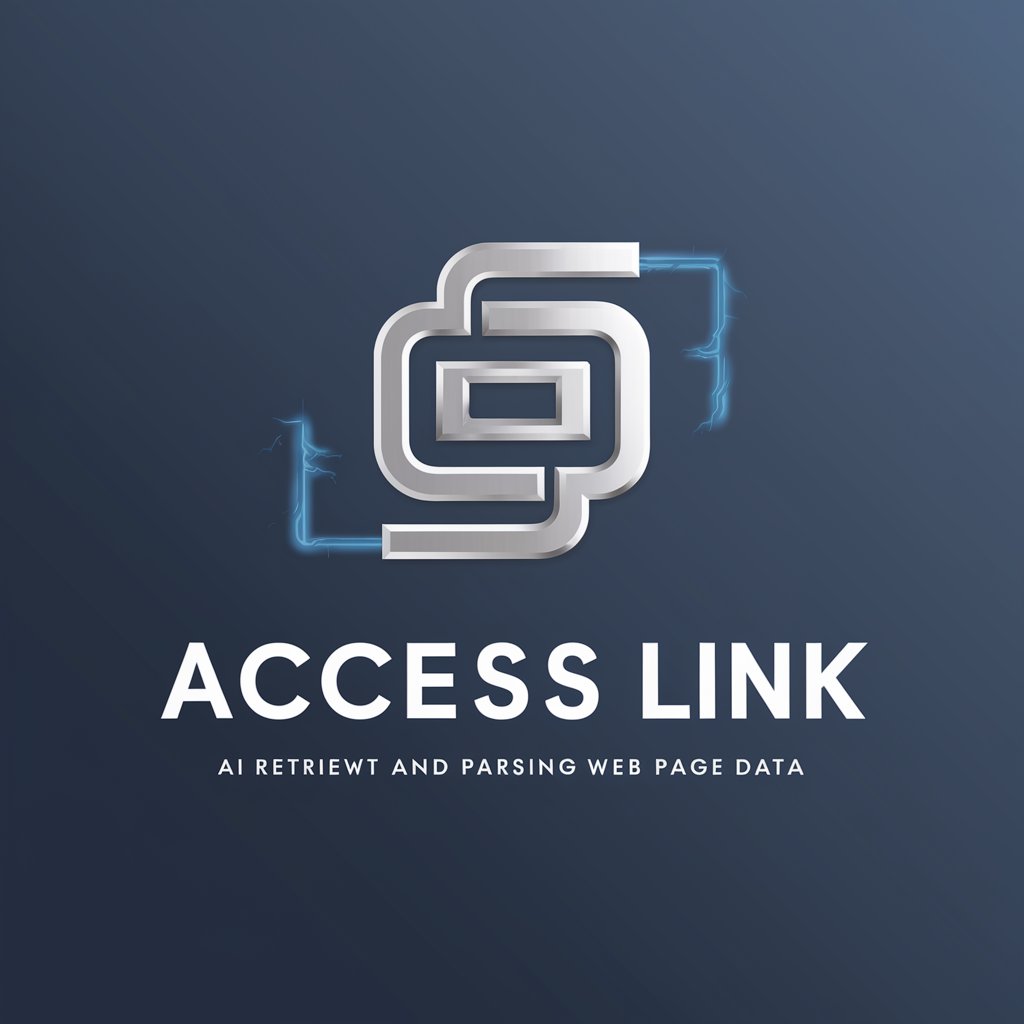
Website Builder
Enhance coding with AI-powered insights
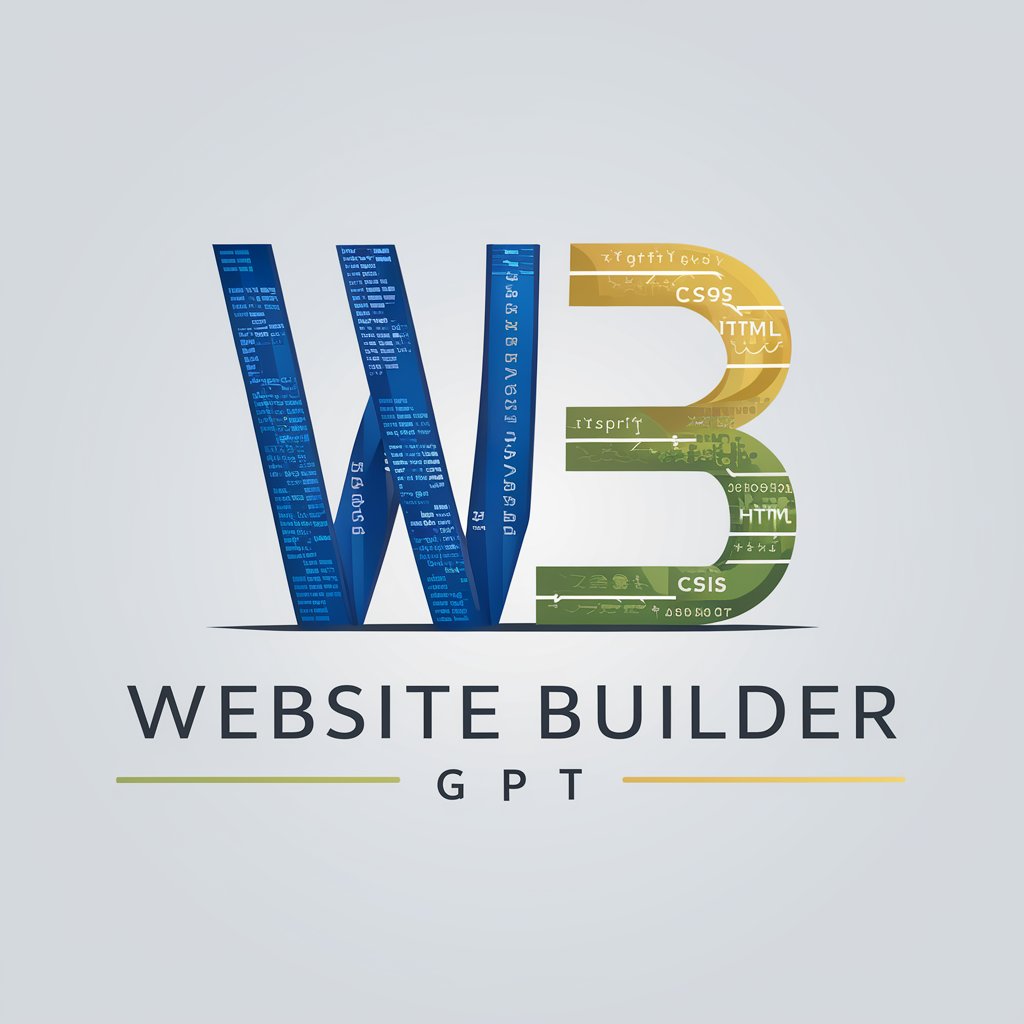
Website builder
Build Your Vision with AI

Frequently Asked Questions about Access Compliance
What is Access Compliance primarily used for?
Access Compliance is designed to assist network engineers in configuring firewalls and ensuring compliance with standards such as NIST 800-53, focusing on predefined zones like External, Internal, DMZ, APP, and DB.
Can Access Compliance handle exceptions in firewall rules?
Yes, Access Compliance can identify when firewall rules may need exceptions based on the NIST 800-53 guidelines and advises consultation with a risk officer.
Does Access Compliance provide real-time updates?
Yes, the tool provides real-time feedback and updates on the network's compliance status as changes are made to firewall configurations.
How does Access Compliance help in audit preparations?
It generates detailed compliance reports that can be used for audits, ensuring that all firewall configurations meet the necessary security standards.
What types of networks can Access Compliance support?
Access Compliance supports a wide range of network architectures, from simple internal networks to complex setups involving multiple demilitarized zones (DMZs) and database servers.
